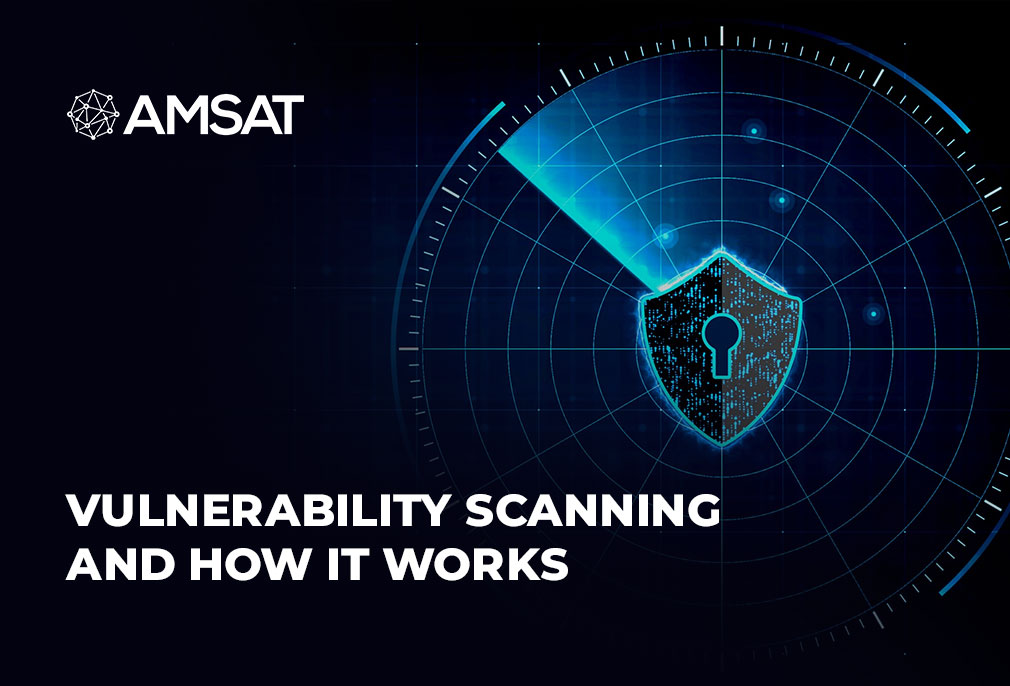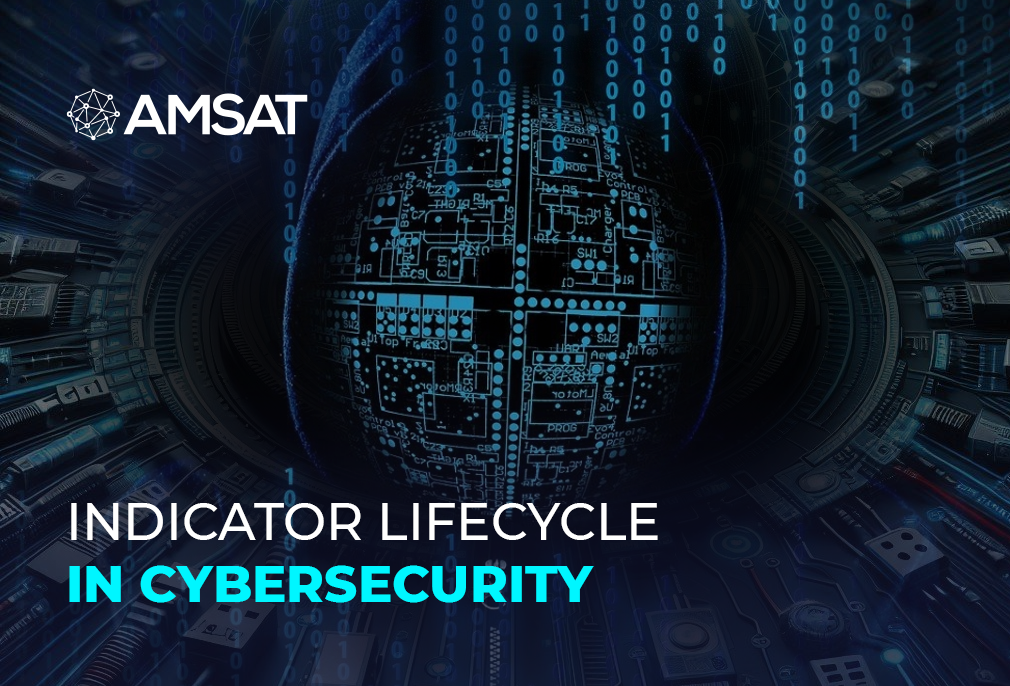Latest Blogs

By AMSAT Oct 23,2021
Vulnerability Scanning and How It Works
What is Vulnerability Scanning?
Vulnerability scanning is a crucial part of an organization’s security team’s general IT risk management method for a number of reasons. For example, it allows you to take a hands-on approach to address any loopholes and maintain robust security for your systems, data, employees, and clients. Data holes often occur due to unpatched vulnerabilities, so finding and removing these security breaches eliminates that attack vector.
Secondly, since vulnerability scanning tools can also be accessed by threat actors, it is important to do scans and take curative actions before hackers can take advantage of any security flaws.
After the software checks for likely flaws in any devices within the field of the engagement, the scan produces a report. The results in the report can then be examined and construed in order to recognize opportunities for an organization to improve their security posture.
If you store data on your company’s network, keeping the network as secure as possible becomes inevitable, away from the prying eyes of the attackers. Hence, the need for identifying holes and shortcomings in your network.
What is Vulnerability Scanning Used for?
Vulnerability scanning is a crucial part of mitigating your company’s IT security risks. Using a vulnerability scanner to detect the points of flaw in your systems can cut the attack surface that hackers might exploit, focusing one’s security efforts on the fields that are most likely to be attacked.
Vulnerability scans can also help regularly audit IP address ranges to see if unauthorized services are being exposed or whether unnecessary IP addresses are being used.
How Does Vulnerability Scanning Work?
A plethora of strategies needs to be exploited to generate a response from devices within the target scope, depending on the type of scan the vulnerability platform employs. Based on the devices’ reactions, the scanner will seek to match the outcomes to a database and allocate risk ratings based on those reactions.
Vulnerability scanners can be configured to scan all network ports, spotting and classifying password holes as well as wary applications and services. The scanning service reports security patches or missing service packs, recognizes malware as well as any encrypting defects, and screens remote access.
Who Carries out Vulnerability Scans?
IT departments typically execute vulnerability scanning if they have the knowhow and software to do so. Alternatively, they can take advantage of third-party security risk assessment to carry out the job. These scans are also conducted by criminals who sift through the Internet in a bid to find points of entry into systems and networks.
How Often Should a Vulnerability Scan be Conducted?
Vulnerability scans should be conducted frequently to ensure that new flaws are detected as soon as they become widely known and that the appropriate corrective actions are taken, such as applying the essential fixes to patch software flaws. Regular security scanning can show where vulnerable services are unfixed and prone to exploitation, letting IT take rapid corrective action.
It’s important to have a vulnerability management program which should include monthly scanning, and annual penetration testing, which will help detect your security flaws and the degree to which you are exposed to attack.
Can a Vulnerability Scan Help Highlight Flaws on Your
Website?
Vulnerability scans can be used to find exposed software and infrastructure that has been wrongly configured. For example, it could disclose that the version of a certain server running requires updating or that communication ports have been left vulnerable that needn’t be. These scans cannot spot errors in the logic of the website, such as text fields that accept malicious data.
To broadly evaluate a website’s security, a penetration test should be carried out by an ethical well-versed in web application testing. These tests should be carried out regularly, after changes to the applications have occurred.
About AMSAT
AMSAT’s state-of-the-art infrastructure and effective systems help organizations defend against present and future threats, which can be tailored to specific needs of our clients. The AMSAT team includes some of the leading security practitioners in a broad set of cybersecurity capabilities. This covers areas of application and network security, analysis, pro-active, legal, reactive and forensic services. AMSAT also provides the largest and most efficient Security Operations Center in Pakistan where cybersecurity experts are monitoring events on 24/7, helping organizations implement robust, consistent and stable cybersecurity practices. Our solutions are ideally geared for the medium to large enterprises, critical infrastructure and law enforcement and sensitive organizations. AMSAT also provides access to the best-of-breed cybersecurity solutions covering areas such as Endpoints, Data Flow Analysis and Anomaly Detection, Intrusion Detection and Prevention, Application and Network Firewalls, Wireless Security, Cloud Security, Penetration Testing, and SWAT/Tiger and Forensic Teams.
TAGS
- Cyber Crime
- Security Updates
Recent Blogs
Ready to Get Started?
Our specialists are ready to tailor our security service solutions to fit the needs of your organization.










